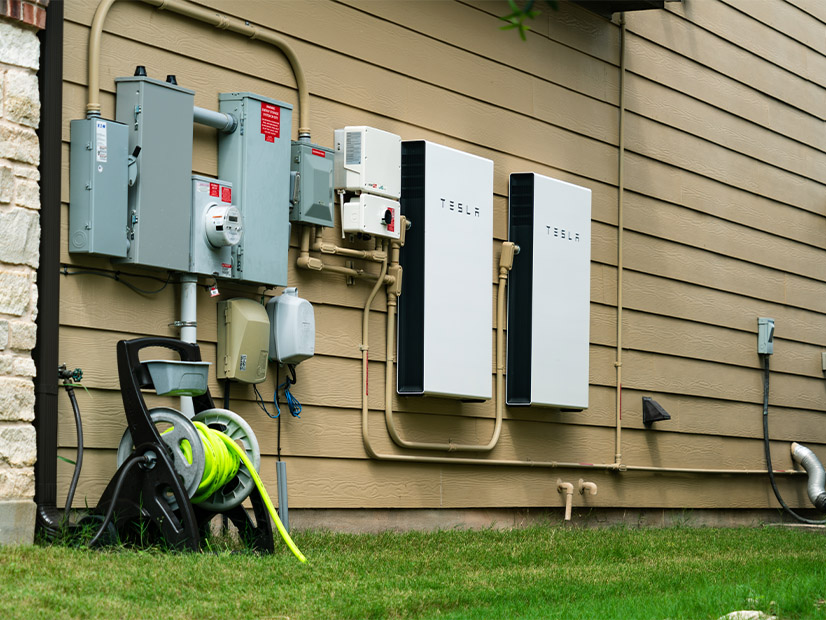
New York’s Public Service Commission has approved an implementation plan to push for installation of 200 MW of residential energy storage and 1,500 MW of retail storage (18-E-0130).
These will make up part of the state’s 2030 goal of 6 GW of storage, which is equal to about 20% of the state’s present-day peak load. The remaining 4,300 MW is to come from bulk storage; the PSC continues to review the proposed bulk implementation plan.
The state has a way to go. As of April 2024, there was only about 400 MW of storage operational in New York. Nearly 600 MW was under contract but not yet online, and 300 MW was procured but not under contract. Construction of wind and utility-scale solar also is progressing slowly in New York.
Gov. Kathy Hochul (D) in January 2022 doubled the state’s 2030 storage target from 3 GW to 6 GW. The PSC approved the roadmap for reaching 6 GW in June 2024; the implementation plans will guide procurement efforts and set the stage for financial incentives to be allocated. (See NY Sets Strategy to Reach 6 GW of Energy Storage.)
The implementation plans are living documents, however.
They were prepared by the New York State Energy Research and Development Authority based on the June 2024 roadmap. In its approval Feb. 13, the PSC directed NYSERDA to make some modifications based on stakeholder feedback. Continued refinement may be necessary, the PSC noted, due to changes in market conditions, technology or other factors specific to retail and residential storage.
Fire safety is among those moving targets.
Battery energy storage system (BESS) fires are rare, but those that do occur have been very well publicized, with a noticeable effect on public opinion. This can become a significant hurdle to BESS development in a home-rule state like New York, where local governments have the ability to pause or block development of some energy infrastructure development.
After three unrelated BESS fires in rapid succession in 2023, New York state put together a task force that issued a series of recommendations to limit the likelihood of BESS fires. (See NY Fire Code Updates Recommended for BESS Facilities.) Those recommendations have been forwarded for consideration in the 2025 update of the New York State Uniform Fire Prevention and Building Code.
The PSC wrote in the order: “The commission directs NYSERDA to implement new fire safety requirements as necessary based on updates to the building code for fire safety, regarding energy storage systems.”
A significant buildout of energy storage is necessary if the state is to increase its reliance on intermittent renewables and decrease its use of fossil-fired energy generation, as it hopes.
PSC Chair Rory Christian noted this in a Feb. 13 news release, saying: “Energy storage is crucial as New York works to decarbonize our electric grid, manage increased energy loads, and optimize the integration and use of clean, renewable energy. Today’s decision moves forward our landmark energy storage program.”
The cost to ratepayers is unknown, again because of unknowable future energy market fluctuations.
An analysis performed as the roadmap was prepared in 2024 estimated the cost of subsidies for the 6 GW buildout at $1.3 billion to $2 billion; $200 million already had been allocated as of April 2024.
The analysis further estimated that $2 billion worth of grid upgrades could be avoided if 6 GW of storage capacity were online, and that additional benefits would accrue to society through such things as cleaner air and reduced health care costs.
New York claims its storage goal is the nation’s most ambitious, but that distinction is diminished by the fact that California and Texas already are far beyond the 6 GW the Empire State hopes to achieve by 2030. S&P Global reports that as of the second quarter of 2024, California had 10.3 GW online and Texas had 7.7 GW.


